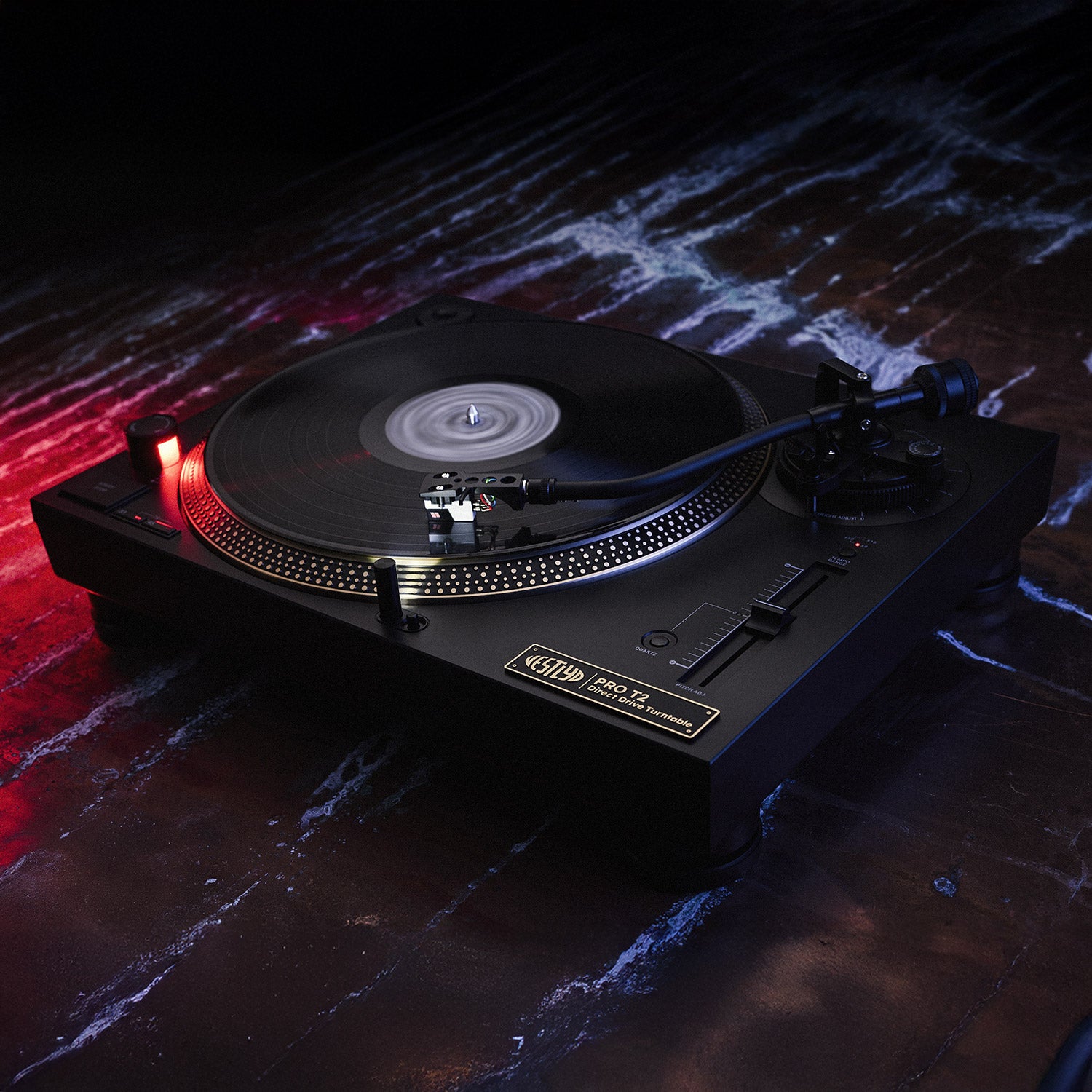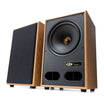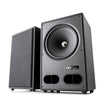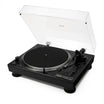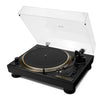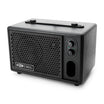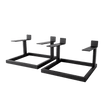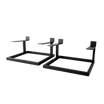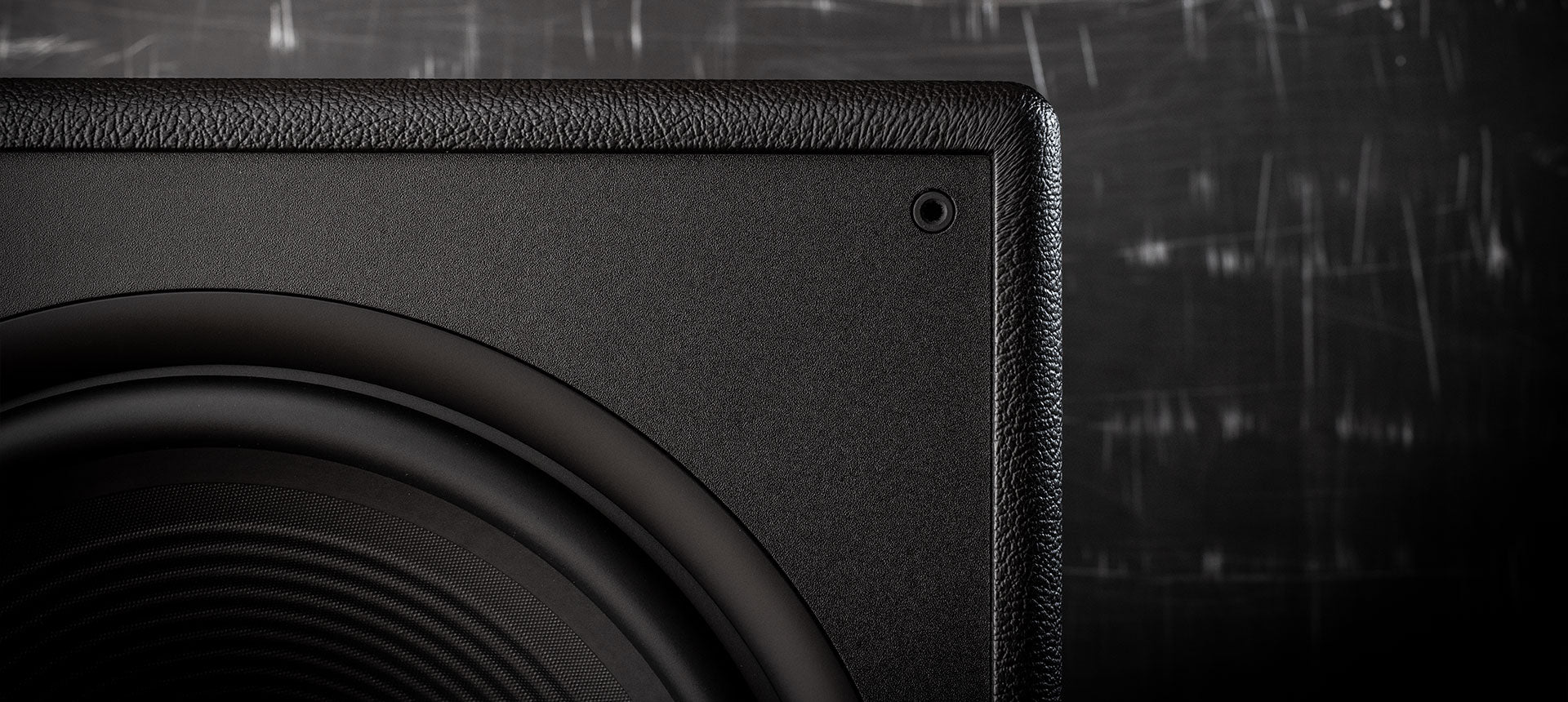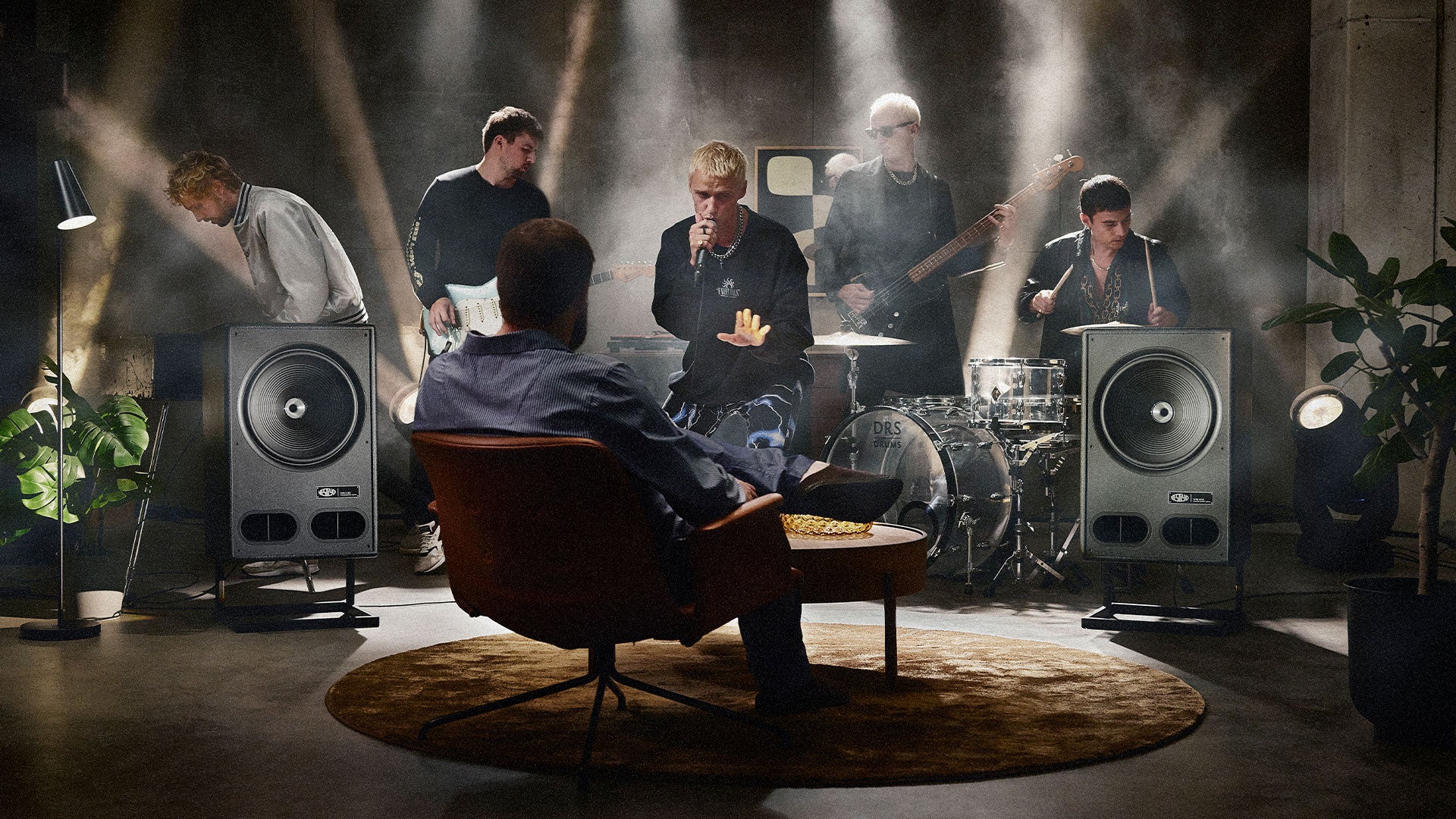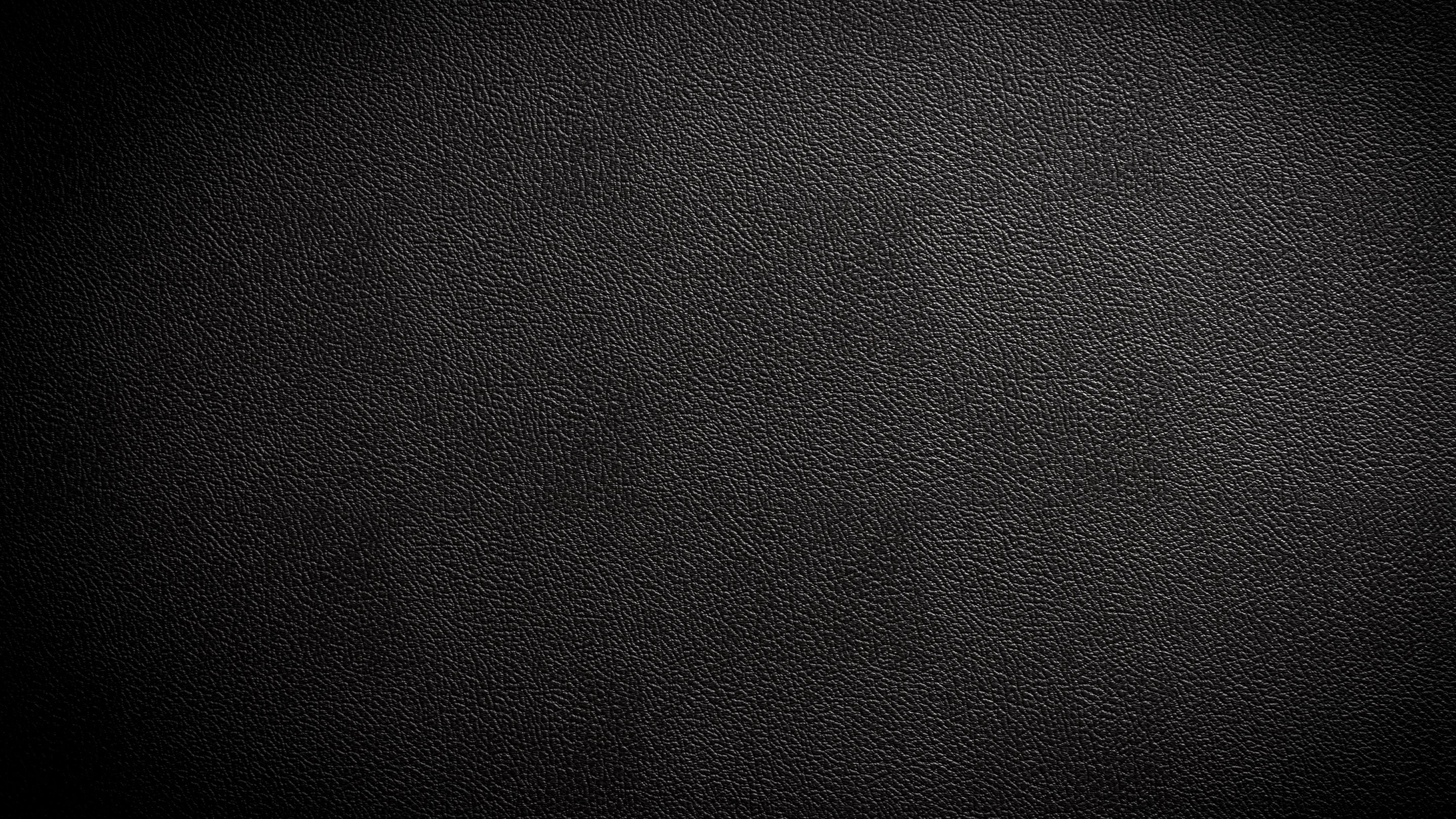PRISTINE HI-FI & GREAT ENTERTAINMENT
THIS IS VESTLYD
Vestlyd is a Danish loudspeaker brand inspired by classic retro designs, and have been carefully crafted to blow you away with punchy bass, an open sound stage and powerful dynamics.
Music is the easiest gateway to the kind of euphoria that urges us to just get loud. Like when your favorite band starts playing that song you love, and the crowd around you goes nuts. Remember those goosebumps and that feeling you got? That’s the power of music. It has us whipping our heads, snapping our fingers, and feeling musical chills from head to toe. And it’s the power of music – loud, great-sounding music – that compelled us to create these speakers. Because great times are loud times. It’s a law of nature.
Sadly, your favorite band isn’t in town every day. And when you want to get that concert feeling at home, you’ll often find that even great loudspeakers just don’t sound that great anymore once you crank the volume up. In fact, many speakers today are not exactly made to play loud.
Vestlyd is different. Vestlyd is inspired by classic, old-school monitor-type loudspeakers, bringing us back to the time when loudspeakers were allowed to be just that: loudspeakers. Back then, function was prioritized over form, unlike today, where most things are primarily designed with aesthetics in mind, sound quality always coming second.
So, if you want to get that concert feeling at home, Vestlyd is perfect for you.
VESTLYD: A POWER MONITOR
The design of Vestlyd is heavily inspired by vintage speakers from the 70s, with added inspiration from classic power speakers. However, compared to conventional power speakers, a Vestlyd speaker has far more detail, musicality, and control, bringing it closer to classical studio monitors. We did not want to make it quite as analytical, though, so Vestlyd presents a far more forgiving and entertaining listening experience than pure studio monitors, which can often sound too clean in a normal living space. This means that you essentially get the best of both worlds.
We call this special speaker type: Power Monitor. We identified three key areas to make these speakers a success: even dispersion, high SPL and low distortion.
Vestlyd was created in admiration of the classic monitor speakers of old, where dynamics, sound pressure and that special live feeling were more important than the design. The goal of Vestlyd is to transport us all back to that period when the purpose of a loudspeaker was precisely that: to be a LOUDspeaker. Back then, function was often prioritized over form, contrary to today, where many things are designed with aesthetics as the most important thing and sound quality has become somewhat secondary.
WIDE SWEET SPOT
In a conventional two-way speaker system, a performance speaker like Vestlyd would need a big speaker cabinet utilizing both a woofer and a tweeter mounted with a larger horn. Such a solution has two acoustic centers, as the music you hear partially originates from the center location of the woofer and partially from the center location of the tweeter. However, in a big speaker, the distance between the two acoustic centers becomes a problem. This (see Figure 1) unfortunately results in undesirable sound dispersion, which, when measured, shows up as dips in the off-axis response. Consequently, the optimum listening experience may only be in a certain limited sweet spot within the listening room.
A coaxial solution solves this problem. Our V12C and V15C speakers are built with a coaxial design, meaning the tweeter is mounted right in the center of the woofer. By having all sound emanating from the same point, we’ve solved the crucial time alignment issue between bass and treble. At the same time, the woofer has a horn-like effect on the tweeter, optimizing SPL. All this adds up to the extraordinary and powerful sound of our Power Monitors.
This (see Figure 2) results in a smooth sound dispersion without the dips in off-axis response. The problem of the limited sweet spot within the listening room has been solved. Therefore, Vestlyd speakers do not need to be toed in.
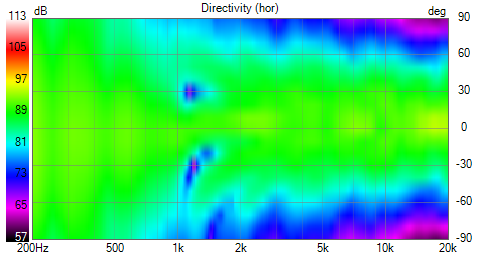
Figure 1. Conventional loudspeaker with woofer and tweeter 30cm apart. Note the blue “dispersion dips” around 1000-1500 Hz
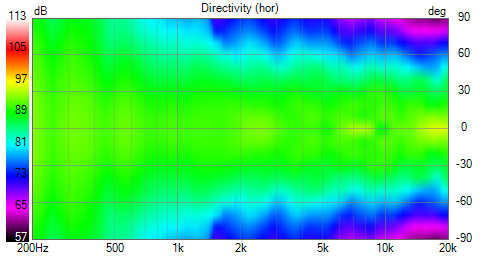
Figure 2. Vestlyd loudspeaker.
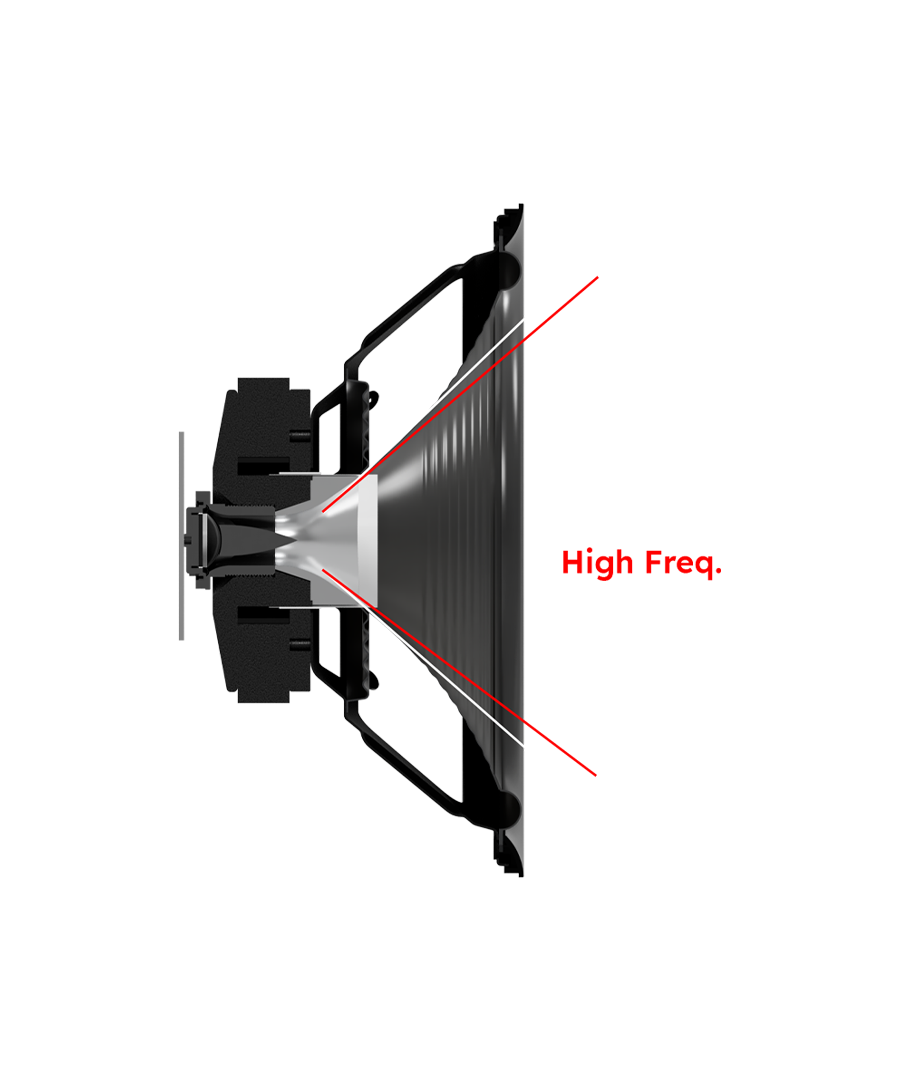
Maximum Bass Performance
For the woofer, we designed a bespoke motor system targeting high power output with the lowest possible distortion. We applied advanced FEA (Finite Element Analysis) simulations and measurement equipment to optimize every element – from the voice coil to the cone – for high-power performance.
The sizable diaphragm of the bass unit creates an optimal acoustic environment for the tweeter, surpassing traditional horn designs. This allows the crossover frequency to be set exceptionally low, ensuring the crucial midrange remains intact.
A unique feature is the aluminum rings inside the motor. These compensate for the mid-band nonlinearities originating from the magnet system while at the same time counterbalancing the drop in magnetic energy happening at very high woofer excursions.
The result: even at the extreme bass levels possible with Vestlyd speakers, a clean representation of the crucial mid-band will be maintained. The entire tonal range is harmoniously and musically cohesive, and you can enjoy all kinds of music on a Vestlyd speaker!
Some people might look at the V15C’s lower cut-off frequency of 36 Hz (-6 dB) and think that isn’t very impressive for such a large speaker. But that’s where the magic of Vestlyd kicks in. The 36 Hz is just a tech spec measured in a sterile, soundproof lab. In the real world, the V15C dives much deeper than the numbers suggest.
This relatively high cut-off frequency is a conscious choice since the deepest bass in the 20-35 Hz range is mostly experienced as “rumble” when playing music. Plus, it requires a ton of energy to reproduce these frequencies at high volumes – especially if you want your cabinet to be able to fit through the door.
The bass that hits you in the gut, the kind that makes you feel like you’re at a live concert, sits mainly in the 70-80 Hz range. By prioritizing this frequency range, we have made it much easier to drive the speakers with a regular system and capable of delivering mind-blowing sound pressure levels with a high-powered system. Just like a concert, great bass isn’t meant to be read, it’s meant to be felt. So go ahead and crank up your bass-heavy tracks on the Vestlyd speakers. They’re built to handle it and then some!
CUSTOM MADE TWEETER – A SMALL MARVEL!
Vestlyd has been made to achieve the dynamics and sound pressure levels known from concert systems. To achieve this at high frequencies, a compression driver was needed. A typical drawback when using compression drivers can be the break-up of the tweeter diaphragm in the applicable audio band and a high compression ratio causing the classic harsh “horn” sound.
A smaller diameter diaphragm was chosen, enabling an ideal piston movement in the full audio band while at the same time allowing for a low compression ratio of 2:1. The result: high SPL, but also the refinement and low distortion of a studio monitor.
The woofers act as large horns for the tweeters, creating the optimum loading of the compression drivers. This allows for very low cut-off frequencies into the low mid-band, providing a smoother listening experience.
The solid aluminum tweeter waveguide in the middle isn’t just for show. Along with another thick aluminum ring inside the motor system, it minimizes self-induction and other distortion effects. This also greatly reduces intermodulation distortion, which is one of the reasons why these speakers always play cleanly and undistorted, even when cranking bass-heavy music at concert volume.
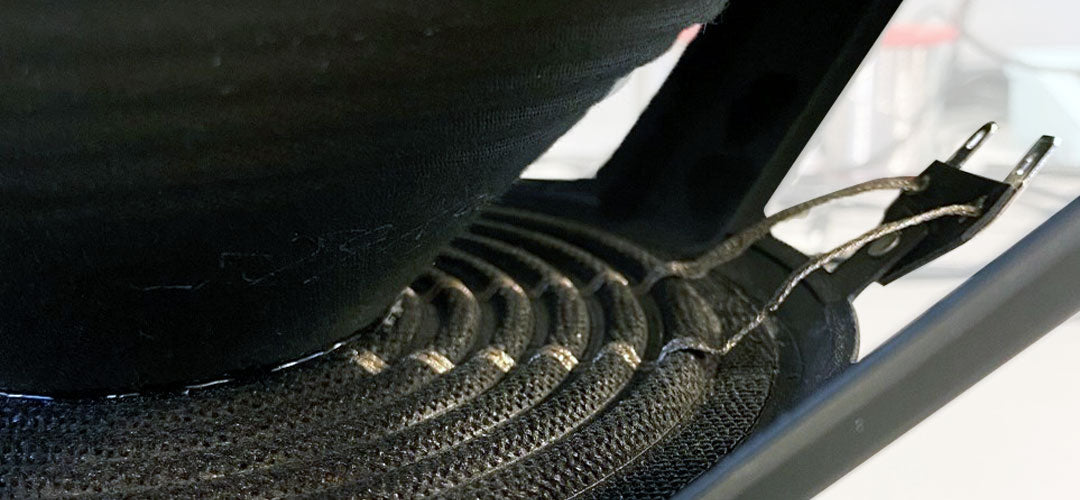
Figure 3: Voice coil lead out wires are attached to the spider for highest reliability at even high excursions
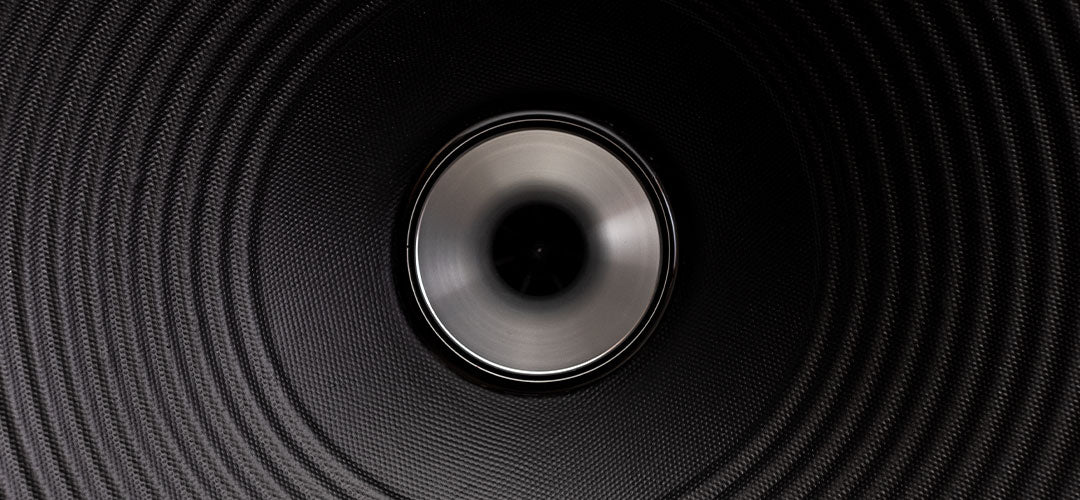
Figure 4. Custom made Vestlyd driver.
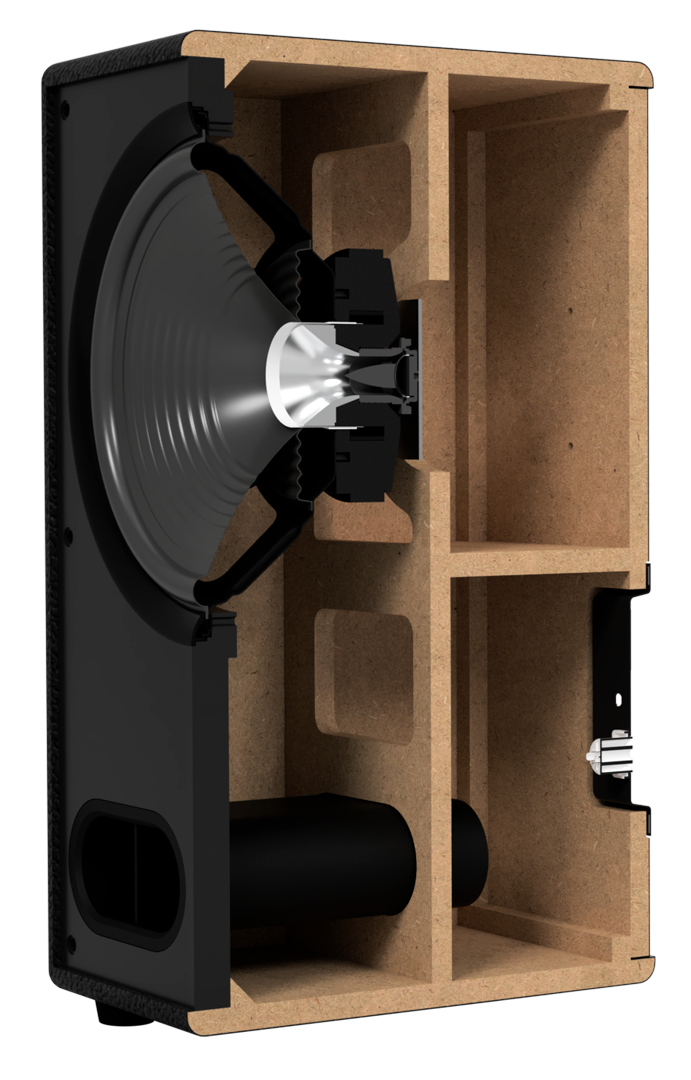
BUILT LIKE A TANK
The heavy cabinet is constructed with solid bracing members in both the horizontal and vertical plane. These members are designed to enhance the stiffness of the cabinet, stopping the cabinet from resonating; any unwanted colorization of the sound is therefore effectively eliminated. Gaps directly behind the driver motor systems ensure that heat dissipation is not negatively impacted.
With a three centimeters thick front baffle, even the woofer’s huge excursions take place without cabinet resonances interfering with the sound.
Both the V12C and V15C speakers are tuned with two massive front-facing bass reflex ports, designed to displace vast amounts of air without compression.
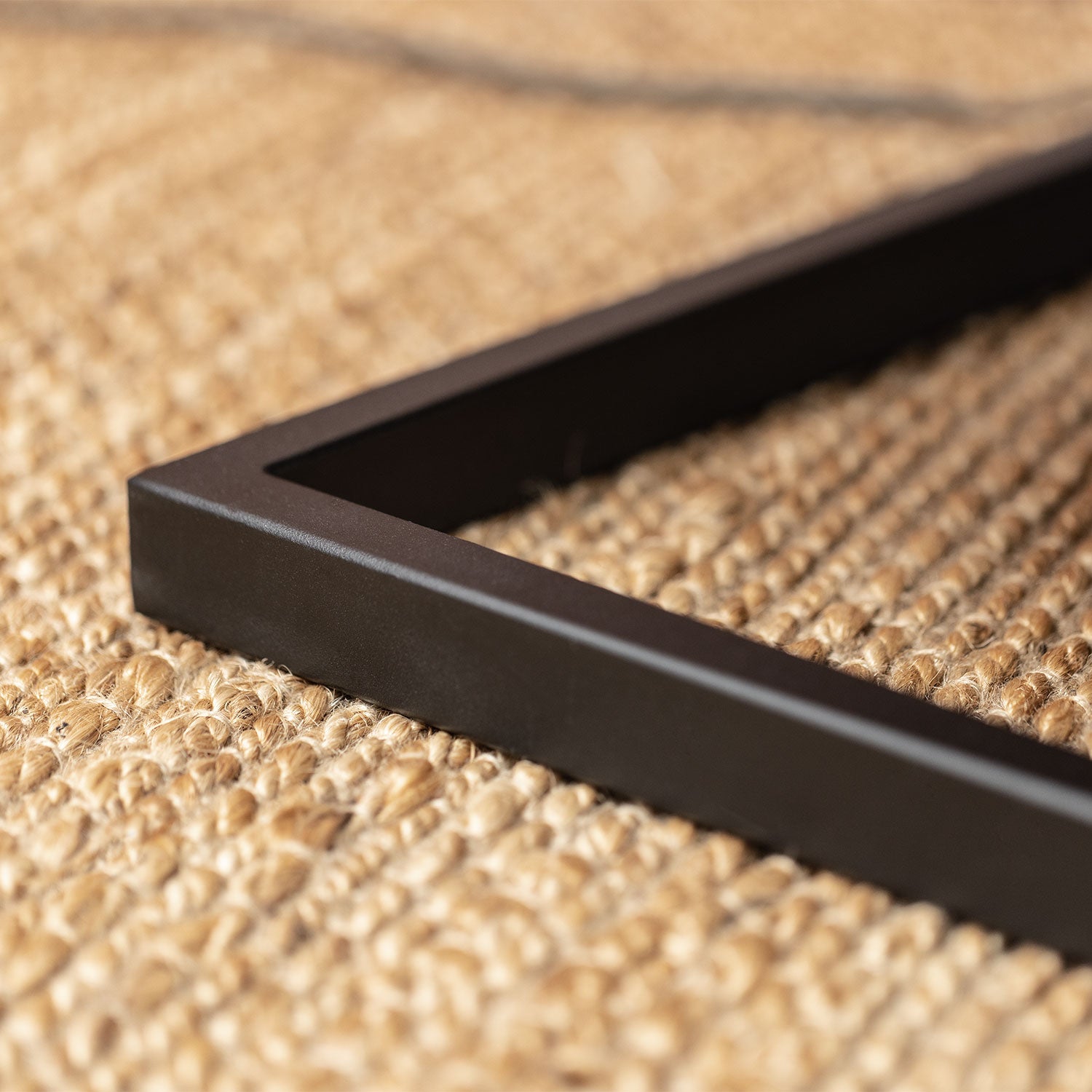
CUSTOM SPEAKER STANDS
The separate speaker stands have been designed especially for Vestlyd and comes in two sizes to fit each speaker. They are made of sturdy, powder coated steel to reinforce the solid build of the speakers.
ABOUT NORDIC HI-FI a/s
Vestlyd is a brand devopled in Denmark by Nordic Hi-Fi A/S. Originally established as part of HiFi Klubben, Nordic Hi-Fi is today an independent company with its own development team. The vision is to take the customers’ wishes and make them a reality by independently developing and producing strong and unique hi-fi and audio products. The products are sold through HiFi Klubben’s stores and across most of Europe.
Everything in Vestlyd has been designed and engineered in Denmark by the Danish Vestlyd-team and has been in development for over three years.

